What an intense 2 weeks of photography learning I’ve had!
I just finished a 10-day e-course on conceptual photography called “Begin Deepening” taught by photographer Catherine Just. The daily assignments and videos got my creative juices flowing and gave me a great structure to use to develop new ideas. To add to that, I also watched a large portion of a CreativeLive class called “The Art and Business of Conceptual Photography,” taught by Jennifer Thorson. When I got done with the first morning of this class I felt like my head might explode, I had so many aha’s and ideas about the discipline of creating conceptual photography. Afterwards I had some great conversations with a friend of mine who also watched Jennifer Thorson’s class and is as interested as I am in conceptual photography. Both of us are immersed in this work and learning right now and it has been so helpful to bounce ideas back and forth.
I’ve talked in other posts about searching for my voice as a photographer (Pretty Pictures Aren’t Enough, Two Kinds of Photographers). Working through these classes is a direct result of my quest for discovering and expressing my voice in my photography.
The ideas from the two classes stirred up my creative juices so that I felt completely jazzed and consumed by a fire to create. It was just what I needed at this point to help jump-start my “finding my photographic voice” quest. Now I need some time to contemplate the questions the classes and my initial work have uncovered.
Creating conceptual photography is not easy. There are several ideas that I am wrestling with as I work through the material from the 2 classes. The one that has me most confused is the idea that going deep in your work requires excavating old wounds or exploring and processing difficult feelings from the past or present.
I’ve heard photographers talk about having the courage to be vulnerable in the work that we create and share. But I think there is a fine line between drawing from your own experiences and being vulnerable to create art, and wallowing in old stuff filled with negative vibes.
I think that both Catherine Just and Jennifer Thorson drew heavily on processing old wounds, difficult feelings, or themes of earlier times in their lives as well as current challenging feelings. It’s a type of mining your life and experiences for angst, ideas, themes, and symbols.
And it works for them. Their work is completely original and the themes of their work speak to me in the way I want my work to speak to others.
But I am conflicted about what I perceive to be processing old (or new) wounds to create the concepts for my work. I have done a lot of processing in my own healing journey and have learned that processing wounds is NOT an effective way for me to heal and move forward. In my experience processing is distinctly unhelpful.
Drawing on ideas from positive psychology and my own experiences with healing, I find the most healing in seeking beauty, practicing gratitude, practicing mindfulness, and expressing myself creatively through photography and writing.
The most healing work I’ve ever done was to make it a discipline and practice to choose joy every day. The surprising thing that I discovered in that journey was that choosing joy was not a matter of listening to my mind and what it was thinking would bring me joy. It is a daily discipline and requires me to listen to what my heart and body are telling me. I can’t tell you the number of times that my mind came up with an idea and thought, “Gee! I should do that,” and when I did, I found it almost always brought me the opposite of joy. Too much processing and thinking is my anti-joy juice and I try not to drink too much of it any more.
Following Joy
Following my joy is a more indirect process. It’s the intuitive hit that comes when I read something and my heart flutters a quiet, “Yes” It is the soft feeling of acceptance that fills me when I soften my gaze and take in the world through a lens of mindfulness. It is the truth of the signposts I see when I wake up from dreaming in the night and realize I was making photographs of something in my dreams. It is listening to the yearnings of my heart rather than the wants and shoulds of my head.
Following joy is a daily practice of noticing what is and accepting it. It is a practice of total presence. Sometimes I am able to be present and in the moment while making photographs; other times my stories and anxieties get in the way. Just as in meditation, monkey mind can distract me from what is. This most often occurs when I am making portraits of someone. At those times the voice of judgment and desire to please are so loud that I lose focus (sometimes literally). Perhaps I need to do as I do during meditation, instead of naming feelings or thoughts as I notice that my mind has strayed from the present moment, I whisper, “Forgiven…” softly. There is no good, no bad, no particular way I need to be or feel. I am All THAT, as in the Sanskrit mantra “Soham” – “I am that,” one with the universe, with everything there is. Despite the times I lose my sense of presence during photo shoots, joy finds it’s way into each and every one of them as the act of creating is my joy.
Following joy is the peace that fills me when I am out in nature with my camera, experiencing the sounds, sights, smells, and physical sensations of trees, water, earth, air, and creatures—watching swallows swift flight and aerial acrobatics, experiencing the awe and wonder of seeing thousands of sandhill cranes swirling and flying overhead, examining the intricate beauty of a tiny flower, smelling the fragrance of spring flowers in bloom, basking in the heat of the sun overhead, marveling at the miracle of seeds sprouting in the garden, feeling the soft touch of the breeze on my skin, reveling in the victory of climbing a high peak in northern Minnesota, getting up early to see a sunrise or staying out late to soak in a sunset as if it is the first time I’ve seen anything so beautiful.
Following joy is also the blessings I count each day as I notice the ordinary miracles of my life—receiving visitations of hummingbirds at the feeder in front of my kitchen window, picking black raspberries in my backyard and eating them immediately, enjoying their sweet-tart distinct black raspberry juicy taste, going outside to pick my lunchtime salad of lettuce, parsley, dill, basil, and kale, smelling the sweet scent of the basswood tree in bloom in the backyard, and seeing the mama duck and her sweet babies in the yard at the edge of the pond.
The work I do and the life I live have me counting blessings every day.
But I know that there is a flip side to joy and not everyone is as lucky as I am in my life at this time.
The flip side of joy is sorrow.
I know that joy and sorrow cannot be separated. They are as intertwined as the yin/yang symbol.
Then a woman said, Speak to us of Joy and Sorrow.
And he answered:
Your joy is your sorrow unmasked.
And the selfsame well from which your laughter rises was oftentimes filled with your tears.
And how else can it be?
The deeper that sorrow carves into your being, the more joy you can contain.— Kahlil Gibran, The Prophet
Life is exquisite and terrible, full of joy and sorrow, beauty and ugliness all at the same time. Life is, as Zorba the Greek and Jon Kabat Zinn call it, “The Full Catastrophe.”
How can I find a way to convey The Full Catastrophe in my work?
It is not all sunshine, joy, miracles and blessings. Sometimes grief and sorrow threaten to pull us down with their weight. Illness, loneliness, anxiety, war, climate change, natural disasters, death, addiction, depression. They are all a part of The Full Catastrophe.
The questions I ask myself are:
Is it helpful to portray the pain and brokenness of the each of us and of the world?
Does it make a positive difference to show how challenging the parenting journey can be or how alone we sometimes feel or how broken our hearts feel after a loss?
I don’t have an answer to those questions—yet—so I live the questions each day as I do my work.
I recall visiting an exhibit of Sarah Sampedro’s photography, called “Art and Motherhood.” The exhibit showed a selection of the 365 photos she made during a year of her life, depicting her experiences in mothering. The photos were one of my first introductions to conceptual art and I was touched by the realness and rawness of what she portrayed. Her art brought back so many memories from my own mothering journey and portrayed The Full Catastrophe of parenthood and family living artfully and creatively. For me seeing her photographs was a looking back journey but I can imagine that if I had seen her photos when I was truly in the midst of the first years of parenthood, often exhausted and overwhelmed, her images might have made me feel less alone, less imperfect, and more like I was a good enough parent.
The creative process draws on our experiences and our lives including all of the feelings we experience, positive and negative, the unfulfilled yearnings of our heart, the ways we silence ourselves through our own self-censorship, the beauty and the challenges of living in relationship with others, and our own brokenness and the light that shows through the cracks of our brokenness.
Creating Generates wholeness.
Wholeness is not the absence of wounds and scars. It is the integration of all that is into a whole that is much more than the sum of it’s parts.
Each of us will express our own wholeness through The Full Catastrophe with our own unique voice. I have yet to discover how I will portray the wholeness of my Full Catastrophe.
I hope to draw on my memories and experiences to generate ideas and concepts that are universal and true. Sometimes the work will be more yin, sometimes more yang, but it will always contain both yin and yang.
When people see things as beautiful,
ugliness is created.
When people see things as good,
evil is created.Being and non-being produce each other.
Difficult and easy complement each other.
Long and short define each other.
High and low oppose each other.
Fore and aft follow each other.— Laozi, Tao Te Ching
The creative process generates wholeness.
It doesn’t matter whether you use your hands to create one-of-a-kind furniture, your mind to create beautiful computer programs, or your body to dance, sing, play an instrument, paint, draw, make sculptures, or make pottery.
The process of developing one’s voice to fully express The Full Catastrophe through creating is a life journey.
Creating is healing
Whether I create trite ordinary photos or deep symbolic imagery, I am finding a way to express my own unique voice and I am choosing to follow my joy.
My way of creating is through photography. What is yours?
May you walk in beauty.
Note: All of the photographs in this post were created during the past 2 weeks during my Conceptual Photography explorations.
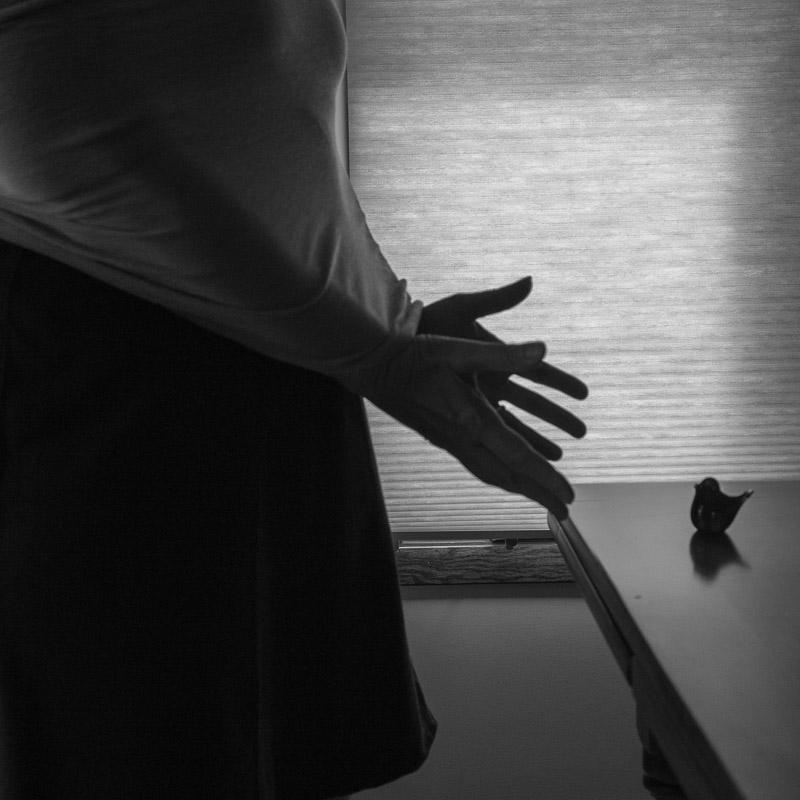
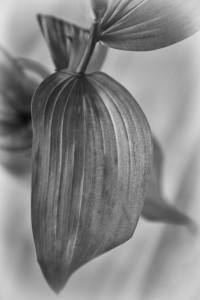
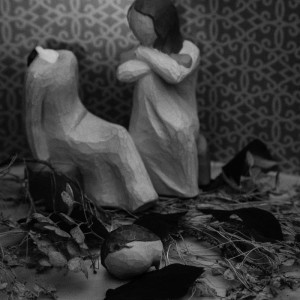
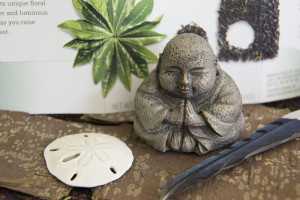

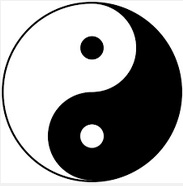
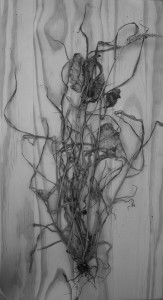
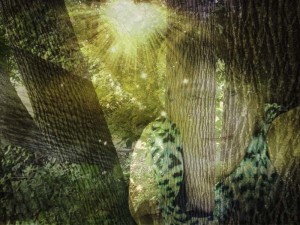
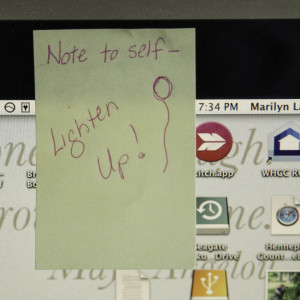

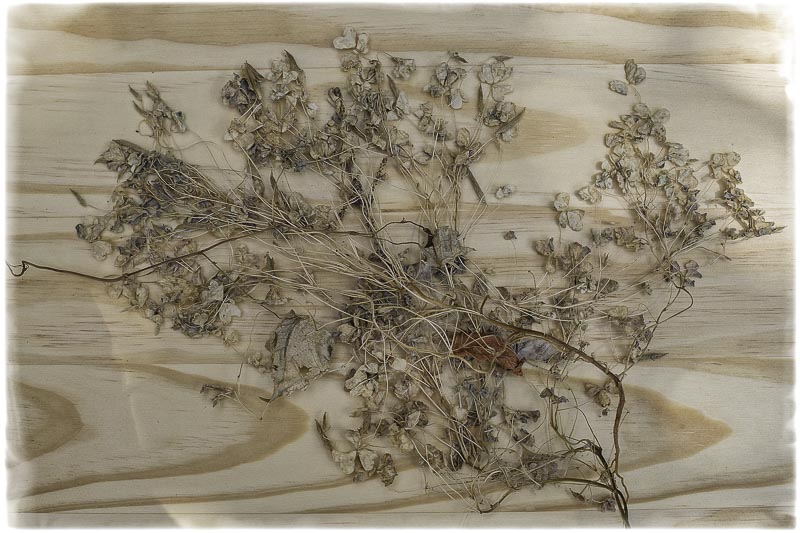
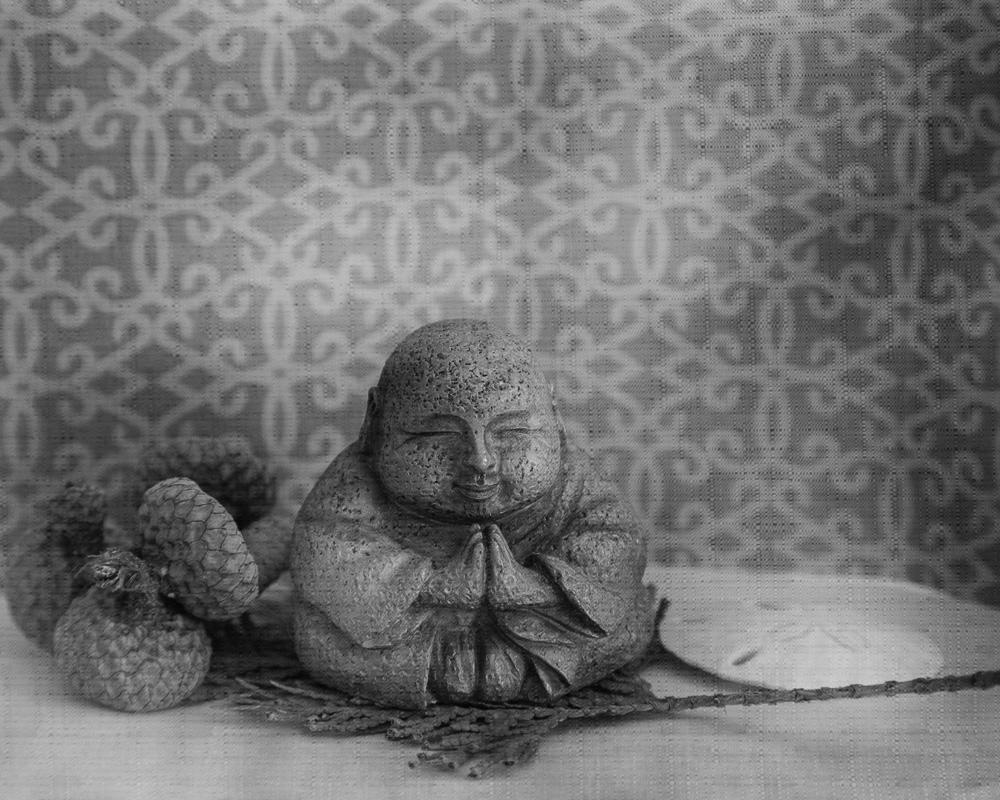
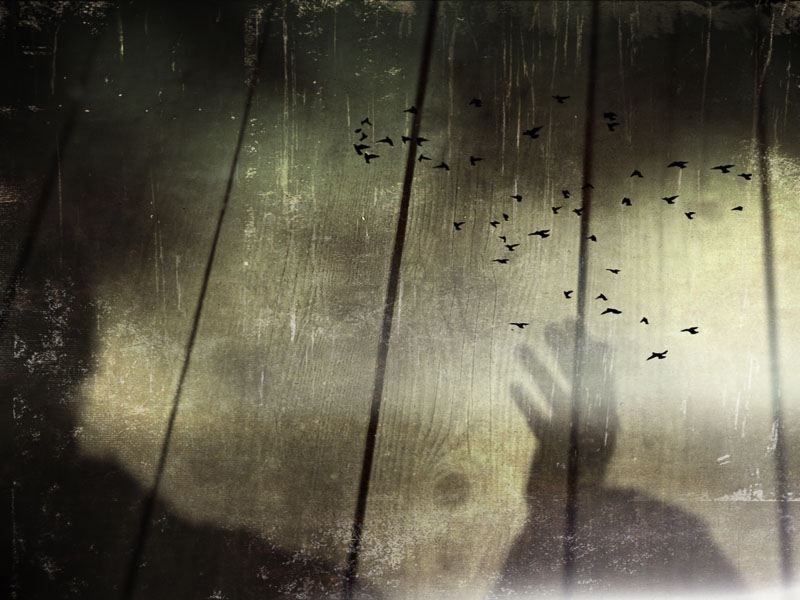
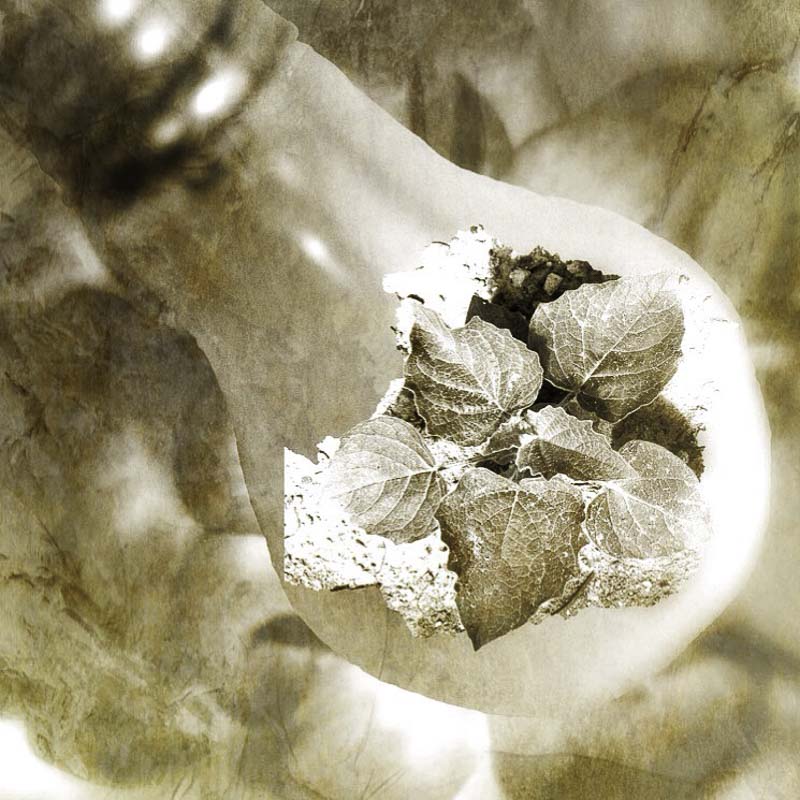
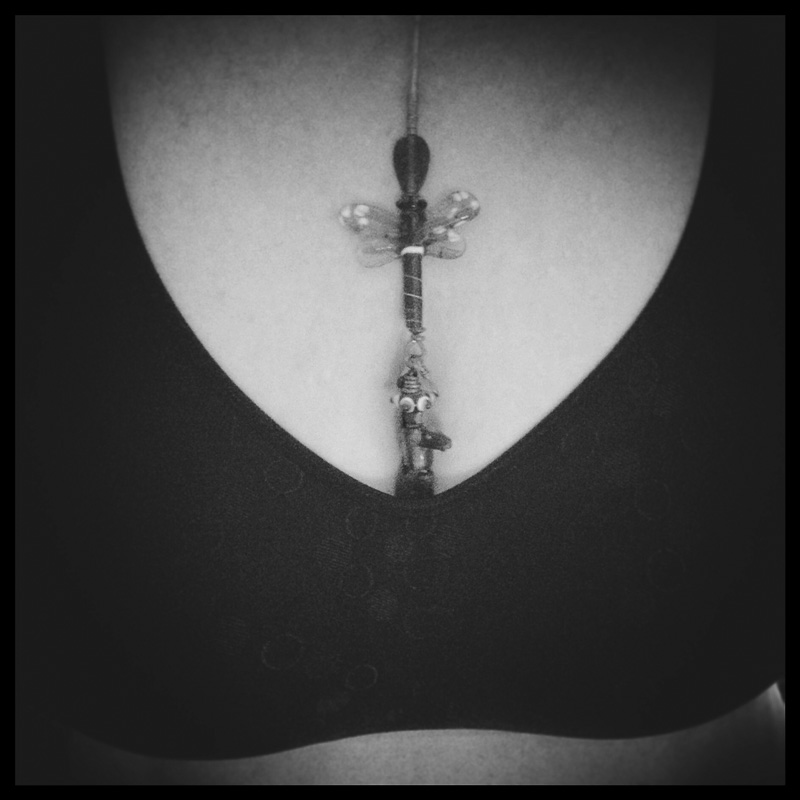
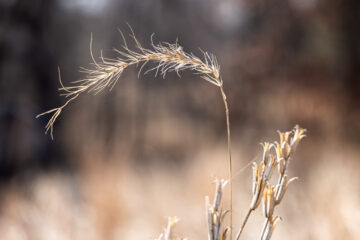
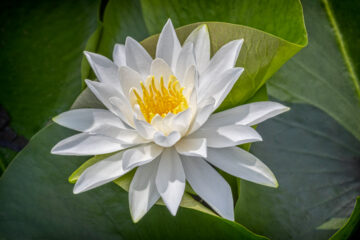

0 Comments